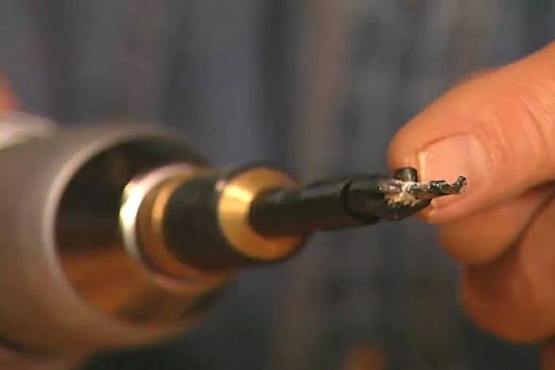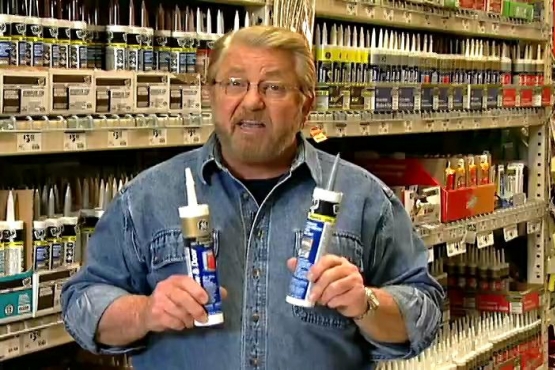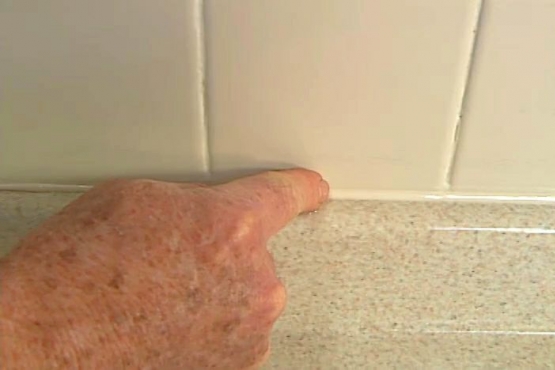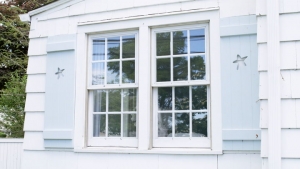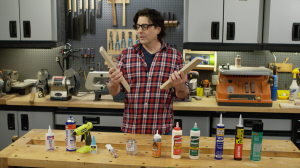How to Install a Basement or Cellar Door
Remove an old basement door and replace it with a new entry way.
How to remove an old steel basement door and frame and replace it with a light weight, rust-proof polyethylene model. How to remove rusted and deteriorated fasteners. How to fit, seal and attach a new door.
Read More
Remove Fasteners on Old Door Frame
Cut, saw or grind off old fasteners using a cold chisel, reciprocating saw or hand-held grinder.

Remove Doors and Frame
Remove the doors from the frame first to lower the weight. Then lift the frame from the foundation.

Set the New Frame in Place and Check Fit
Set the new frame in place and check the fit on the foundation.

Check Frame for Square and Mark Mounting Holes
Check to see that the frame fits properly on the foundation.

Drill Mounting Holes and Install Anchors
Drill the anchor holes using a carbide masonry bit. While an ordinary rotary drill will work, a hammer drill makes the boring job go faster. Insert the anchors into the holes and tap them flush.

Apply Sealant
Apply a good quality silicone sealant to the top of the foundation and to the portion of the frame that will be in contact with the side of the house.

Set Frame in Place, Install Fasteners, Seal
Set the frame in place, position it on the foundation and check again for square. Attach the frame by inserting lag screws into the anchors and tightening.

Install Doors
Install the doors according to the manufacturer's instructions and adjust if necessary so they operate freely.

Install Side Panels
Install side vents in one of three ways: by putting in a clear panel and creating a small window, by inserting a solid panel or by installing a screen panel and vent.
Related Tips
Blog Articles
DIY Shutters That Last: Building with Azek
Ever thought about adding a touch of timeless charm to your home’s exterior? Shutters can do just that, enhancing your windows while adding a stylish flair. Brian recently embarked on a DIY journey to create shutters using Azek, a PVC material that mimics wood’s beauty but with enhanced durability and low maintenance.
Adhesives: A Comprehensive Guide
Navigating the world of adhesives can be daunting with so many options available. Having a basic understanding of the different types and their applications can make the decision-making process much easier. In this blog post and accompanying video, we will break down various types of adhesives and how to use them effectively.
Creating a Glossy Bar Top Finish: A DIY Guide
Have you ever wanted to elevate the look of your home bar that looks like liquid glass? A glossy bar top can add a touch of sophistication and style to your space. In this DIY guide, we will walk you through the steps to create a stunning glossy bar top that will impress your guests and elevate your home entertainment experience.
